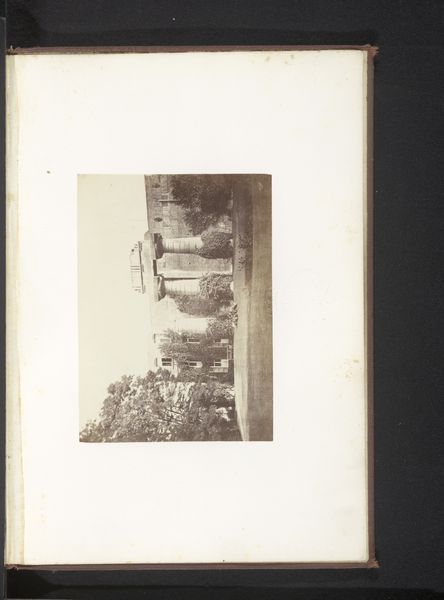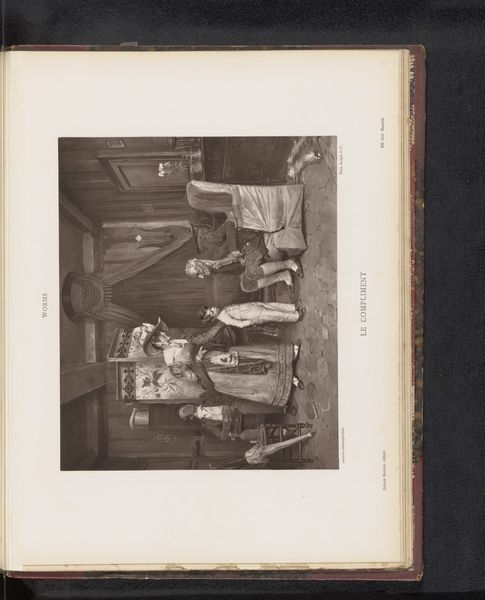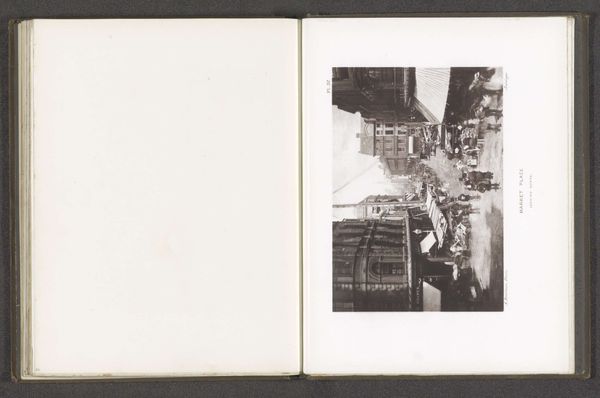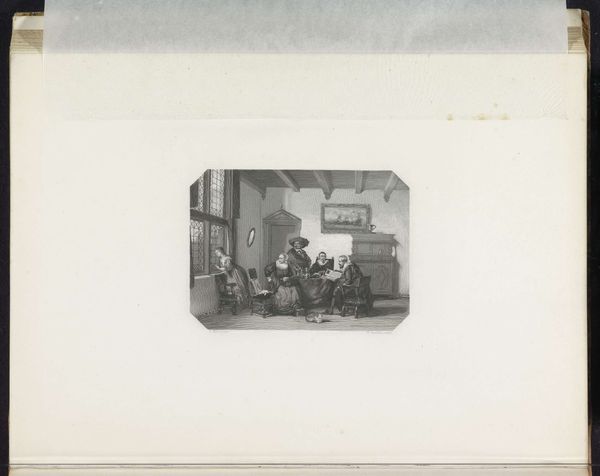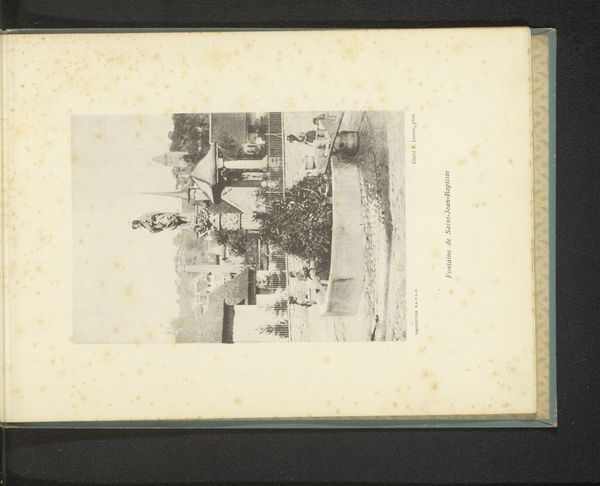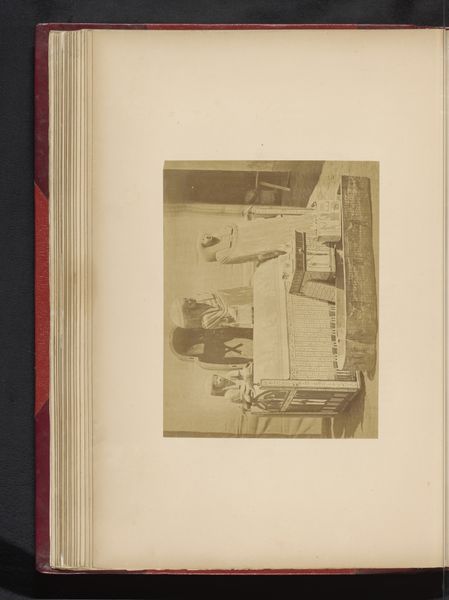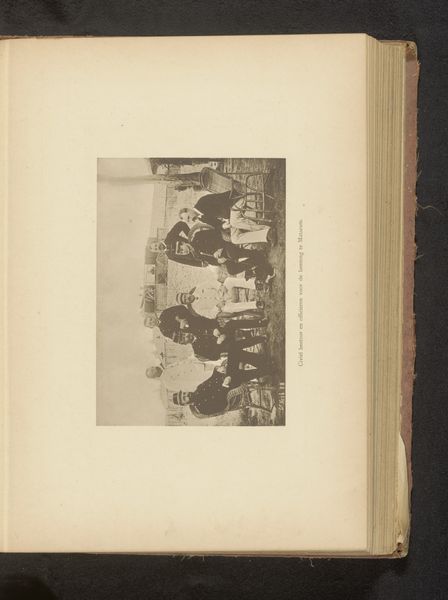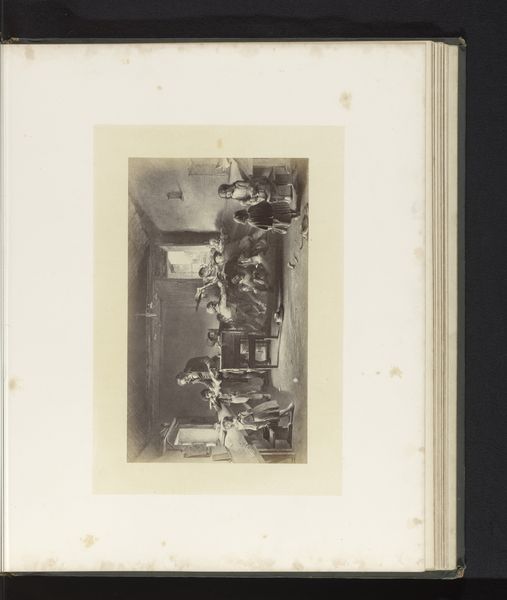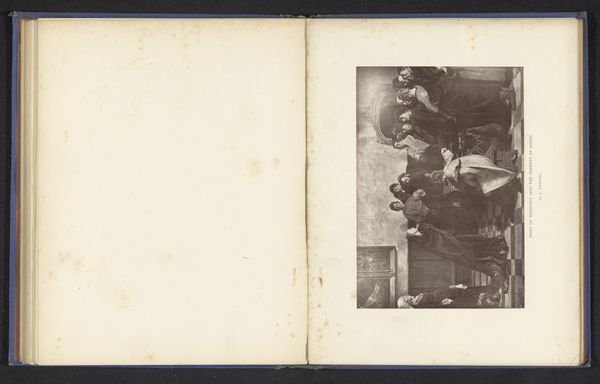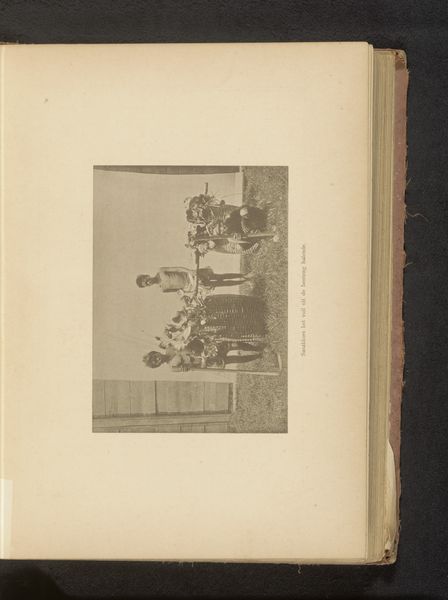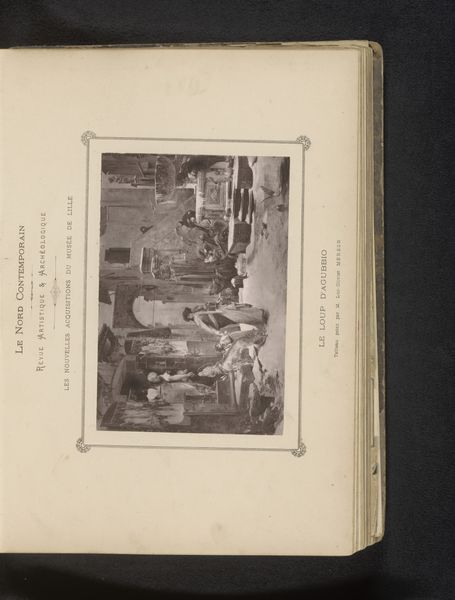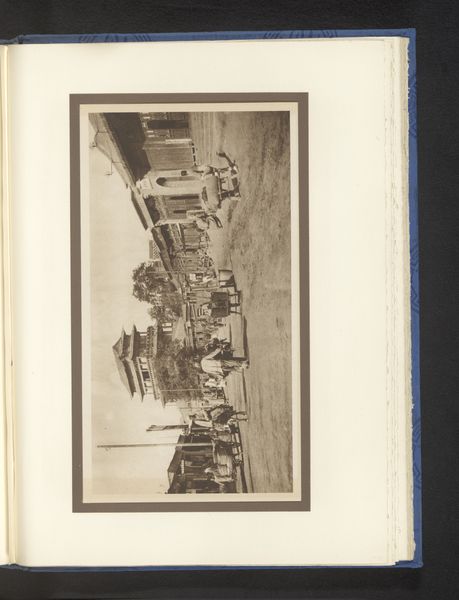
Opstelling keramiek op de Exposition Rétrospective van 1873 in Tours, Frankrijk 1873
0:00
0:00
print, photography
#
still-life-photography
#
reduced colour palette
#
muted colour palette
# print
#
desaturated colours
#
photography
Dimensions: height 175 mm, width 235 mm
Copyright: Rijks Museum: Open Domain
Curator: Let's turn our attention to this image titled "Opstelling keramiek op de Exposition Rétrospective van 1873 in Tours, Frankrijk" taken in 1873 by Gabriel Blaise. Editor: It feels almost like peering into a lost world. There’s something quite poignant about its muted tones and the way the light catches on these objects. It feels quiet and almost secretive, evoking a sense of time standing still. Curator: Indeed. These kinds of photographic records of expositions are really revealing cultural snapshots. Here we see an arrangement of ceramics showcased during a retrospective exhibition in Tours. Note the profusion of painted plates, pots, and sculpture on display, a celebration of the ceramic tradition in France. And around the displayed ware we find images mounted in frames, drawing our eyes upwards. Editor: Absolutely. Exhibitions themselves can become reflections of broader societal values and artistic hierarchies. I see this photographic presentation as a carefully curated demonstration of power. A historical study may ask what were they trying to convey about national identity through these exhibitions, particularly in post-revolutionary France? Was there a link between art and industrial progress they wanted to display for an external, European view? Curator: Precisely. It allows one to question how these objects functioned within a wider symbolic framework, referencing national pride, but also potentially hinting at local artistic identity within Tours. Editor: And it makes you consider the people absent from the image. Who were these objects for? Who could access these exhibitions? These were carefully selected displays that both shaped and reinforced notions of taste, value, and what we today may think of as art as opposed to craft. Curator: Absolutely. It’s a great exercise to dissect which stories get amplified and what other histories we must actively search for to add to them. Editor: I concur. Thank you, this has illuminated dimensions of the photograph that were previously invisible to me. It shows what's at stake and is worth further consideration. Curator: For me, it brings alive not just the aesthetic of an age, but a dialogue about its underlying social mechanics. The beauty is merely the entryway to complex stories that bear reflecting upon.
Comments
No comments
Be the first to comment and join the conversation on the ultimate creative platform.
